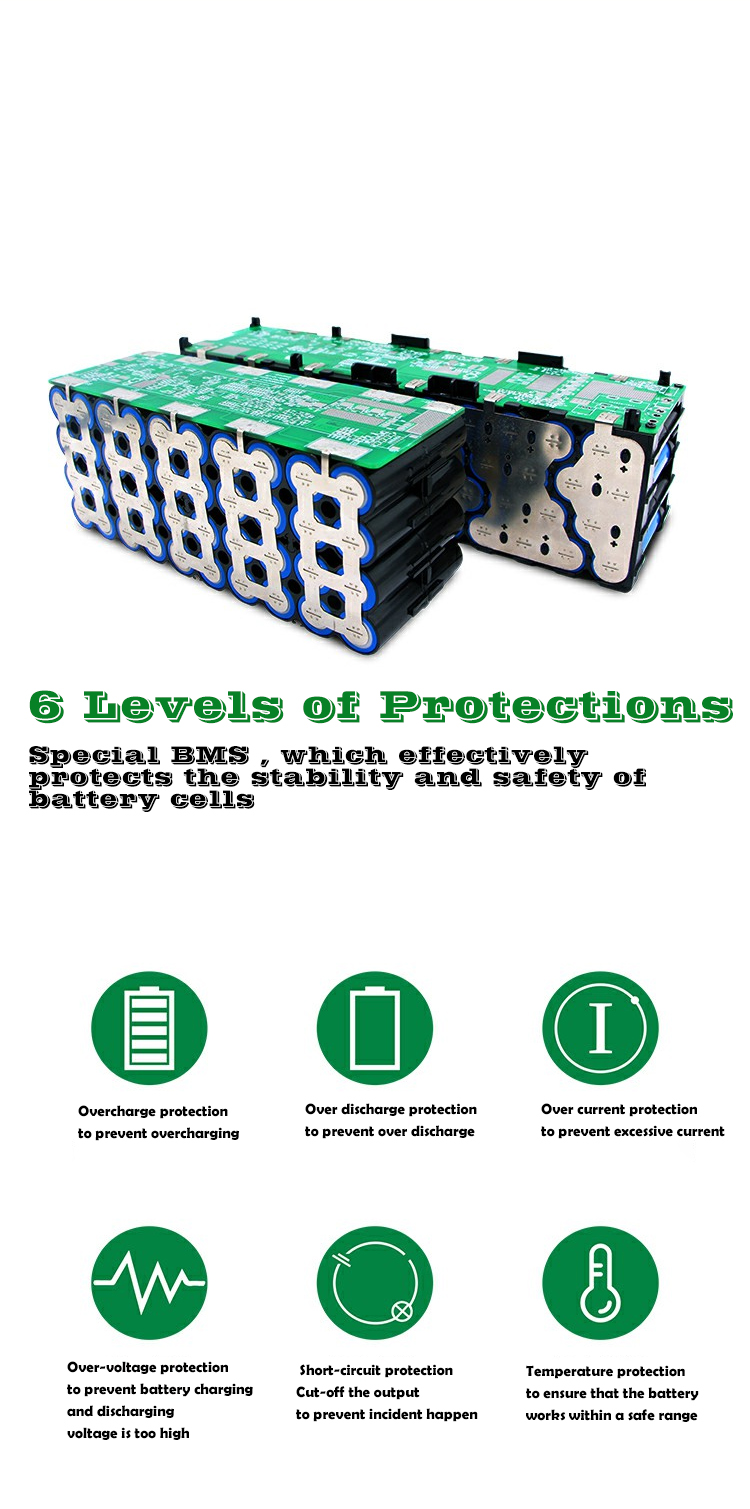- 24
- Feb
What are the hidden dangers of lithium-ion batteries, and what will happen to power lithium batteries in the future?
The power recycling decision consultation salon co-hosted by the Beijing Association for Science and Technology and the Documentation and Information Center of the Chinese Academy of Sciences was held at the Beijing Greenland Center yesterday. Fei Weiyang, academician of the Chinese Academy of Sciences, pointed out that in recent years, the key technology of pure electric drive has made great progress, and the core technology of electric vehicles represented by lithium ion has made major breakthroughs, but the large-scale application of lithium batteries will also lead to the retirement of a large number of lithium batteries. Therefore, it is necessary to strengthen the research and development of advanced technology for lithium battery recycling, in order to realize the safe and efficient dismantling and overall recovery of valuable metals and prevent secondary pollution.

Wei Yang believes that the recycling and utilization of power lithium batteries is related to environmental pollution and must be given great attention at the national level. The event brought together capital and industry operators such as the Beijing Association for Science and Technology, the Documentation and Information Center of the Chinese Academy of Sciences, researchers, industry associations, and the Greenland Group. Through their wisdom and efforts, we will surely promote the healthy and rapid development of the industry.
In the report, Sun Zhi, a researcher at the Institute of Process Research, Chinese Academy of Sciences, combed and introduced the recycling technology of lithium batteries in detail. He also believes that the focus of lithium battery recycling is from the perspective of resource supply security and environmental pollution. In the future, it is necessary to straighten out the industrial layout, improve equipment technology and pollution prevention and control, guide industrial policies, and prevent the local market from overheating and market fluctuations.
Cui Dongshu, an automobile market research expert from China Automobile Dealers Association, pointed out in the report that the strong leadership of battery companies has become a feature of the development of the new energy automobile industry, and future development will bring huge crises and challenges to the entire automobile battery company. Therefore, battery recycling and resource utilization The decision should be made by the company, not the auto company as a whole, with battery leaders in particular playing a supportive leading role.
Yang Qingyu, senior consultant of China Battery Alliance and senior researcher of Green Beijing Hui Energy Technology Research Institute, pointed out that the recycling industry chain includes battery recycling, pilot test power, pretreatment, material recycling and other links. Industrial chain integration will be the development trend, but technical barriers, data Industrial links between barriers and logistics must be strengthened to strengthen cooperation between upstream and downstream.
It is understood that with the rapid development of the new energy vehicle market, lithium batteries for new energy vehicles have entered a large-scale scrap period, which on the one hand brings resource waste and environmental pollution problems, on the other hand, lithium battery recycling technology and standards and many other aspects The issue remains to be further explored. Sun Xiaofeng, vice chairman of the Beijing Association for Science and Technology, concluded that power lithium batteries are a systematic project involving resources, technology, markets, policies and other links. . The development of new energy vehicles in China has entered the fast lane. In 2018, the sales volume exceeded the million mark for the first time, reaching 1.27 million and 1.256 million respectively, a year-on-year increase of 59.9% and 61.7% respectively, ranking first in the world. It is expected that by 2020, annual sales will exceed 2 million units. The service life of power lithium batteries is generally 5 to 8 years, and the effective life is 4 to 6 years, which means that the first batch of new energy vehicle power lithium batteries put on the market are basically at the critical point of elimination. According to the calculation of China Automotive Technology and Research Center, combined with factors such as vehicle scrap life and battery life, the total amount of used power lithium batteries will reach 120,000-200,000 tons in 2018-2020, and 350,000 tons in 2025.
At present, there are two important directions for waste lithium batteries of new energy vehicles. One is cascade utilization, which was purchased by China Tower Company and used in the field of backup power for telecom base stations. The second is recycling, dismantling waste batteries, refining heavy metals, and reusing them. From a life cycle perspective, cascaded batteries should be recycled after their final end of life.
